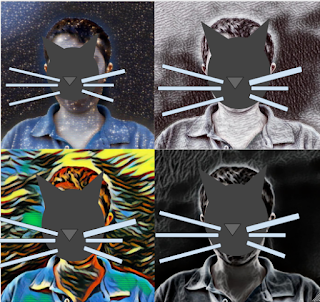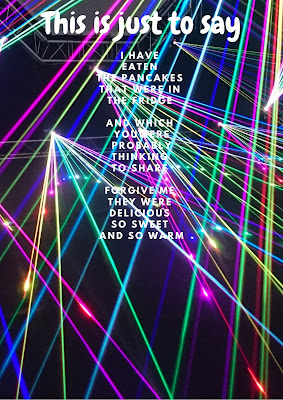This week the class has been making a fact file for extinct mammals I chose the Greater Short-Tailed Bat
It was fun making the fact file.
I found it easy to add the writing from the writing book.
I found it hard to find the facts to the writing book.
Next time I will add more writing
Greater Short-Tailed Bat
Classification
The Greater Short-Tailed Bat (Mystacina robusta) is part of the ancient species unique to New Zealand and the last sighting was in 1967, and is believed to be extinct
Description
The Greater Short-Tailed Bat weighed up to around 10-15 grams which is a very light mammal, they have pointed ears, and a free moving tail. They are a mousy-grey color all over there body. They have wings to move around on the forest floor. They had skin and fur to keep them warm in winter.
Habitat
These types of bats lived inside large hollow tree stumps in native bush area, they lived in hollow tree stumps.
Diet
These types of bats eat insects, fruit and pollen or food from or near the forest floor, the Greater Short-Tailed Bat were omnivores.
Threats.
Greater Short-Tailed Bats have declined because of habitat loss, which includes clearing of the farmers land and native forests.
Dynamic fact
Did you know that Greater Short-Tailed male bats sing to attract female bats.
































